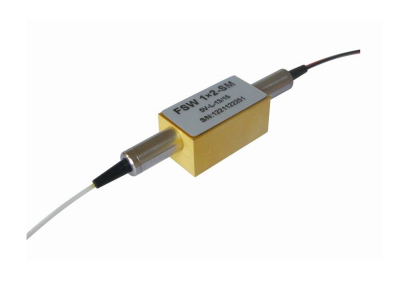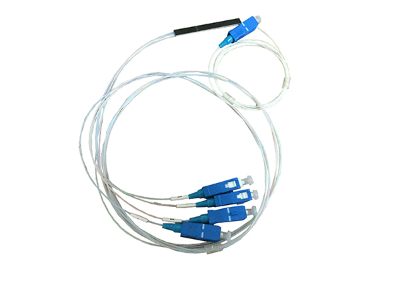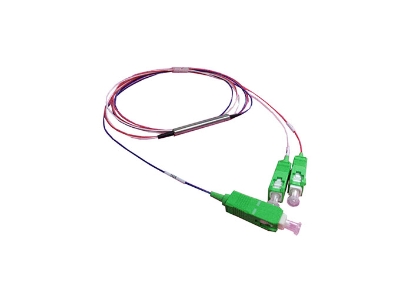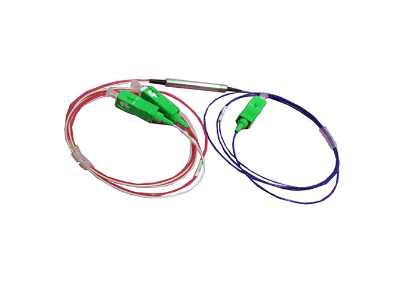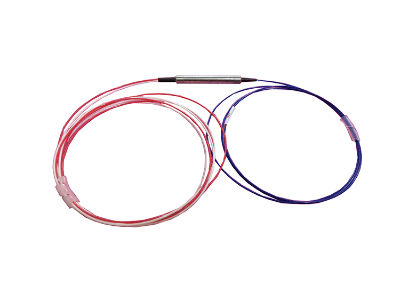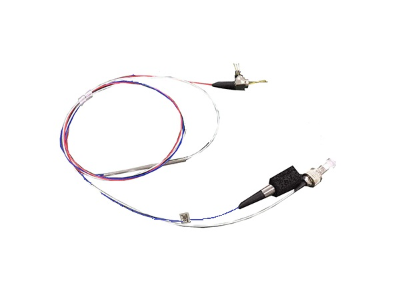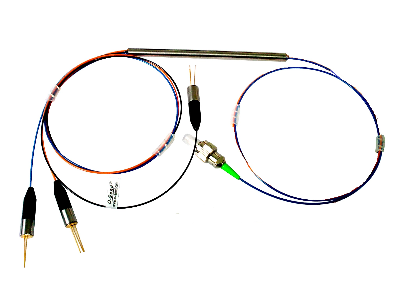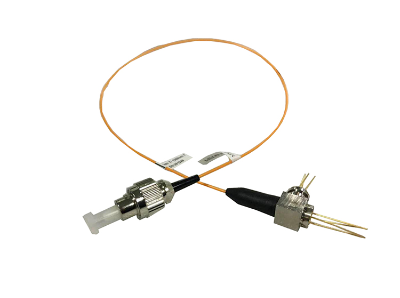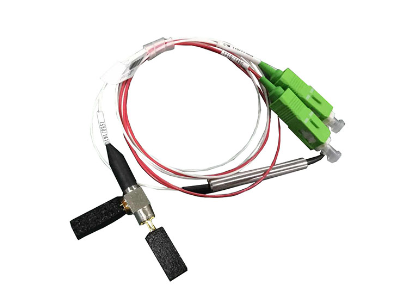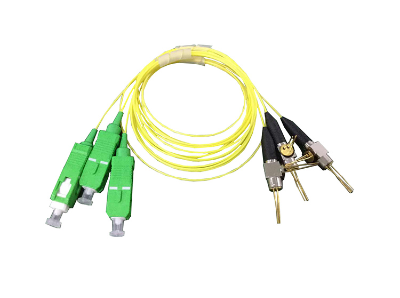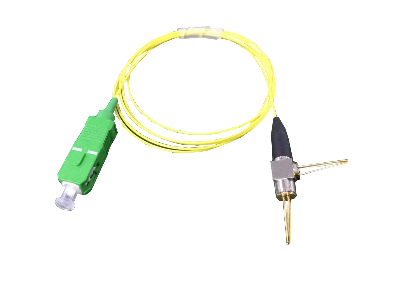- Home
-
Product
-
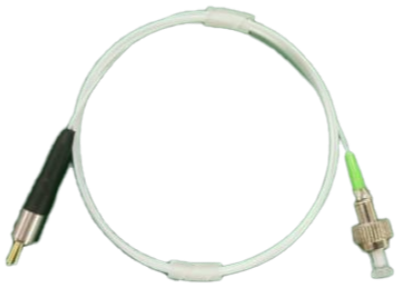 660nm 50mW Coaxial Laser Diode
660nm 50mW Coaxial Laser Diode -
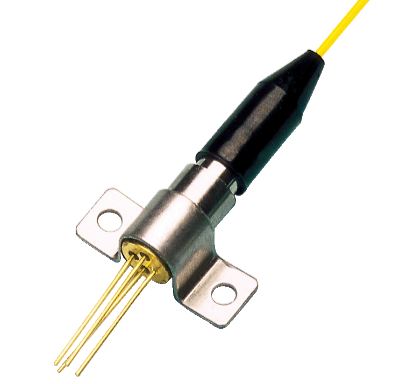 1577nm EML Diode Module
1577nm EML Diode Module -
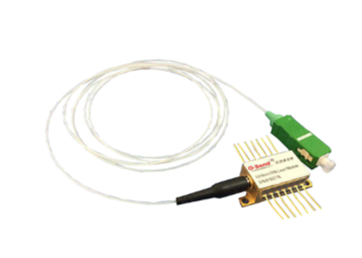 CWDM Butterfly laser diode
CWDM Butterfly laser diode -
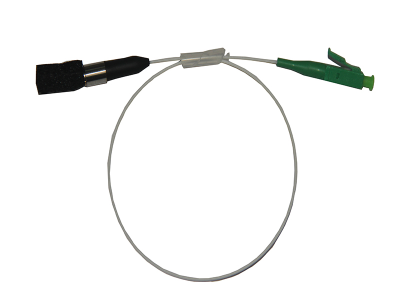 2.5G 1650nm Coaxial Laser Diode Module
2.5G 1650nm Coaxial Laser Diode Module -
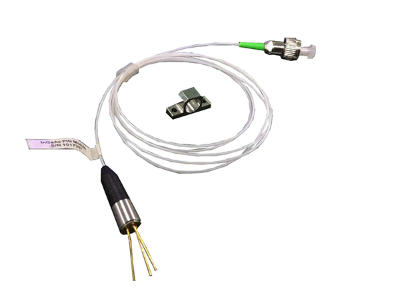 1.25G~10G 1550nm Coaxial Laser Diode Module
1.25G~10G 1550nm Coaxial Laser Diode Module -
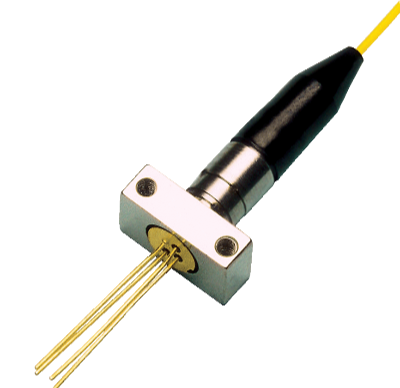 1.25G~10G1310nm Coaxial Laser Diode Module
1.25G~10G1310nm Coaxial Laser Diode Module -
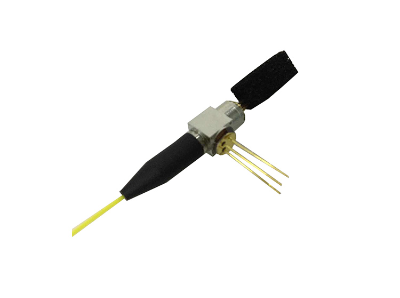 Dual Photo detector Module
Dual Photo detector Module -
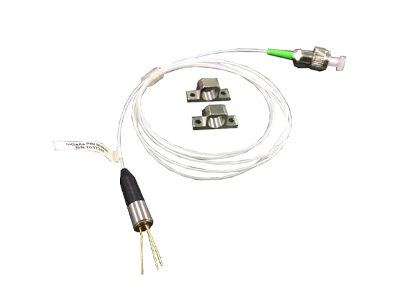 InGaAs Photo Diode
InGaAs Photo Diode -
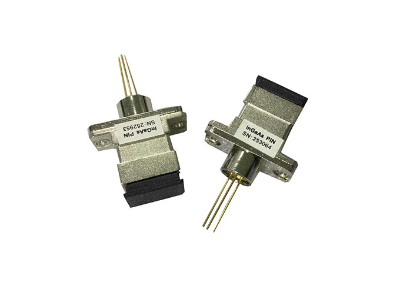 1000um Coaxial InGaAs PIN Detector
1000um Coaxial InGaAs PIN Detector -
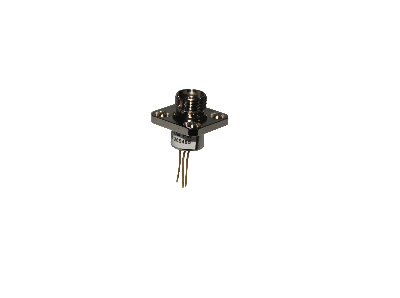 500um Coaxial InGaAs PIN Detector
500um Coaxial InGaAs PIN Detector -
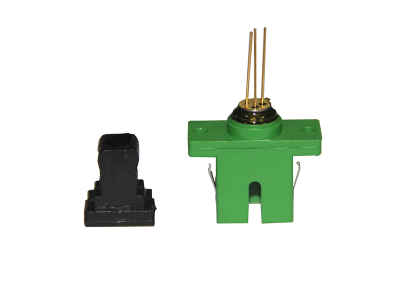 75um InGaAs Photo Diode
75um InGaAs Photo Diode -
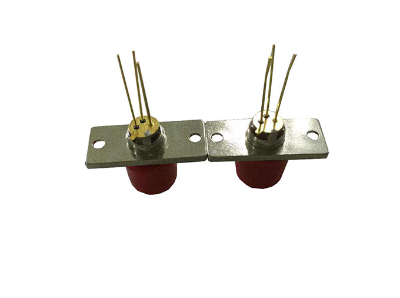 300um Coaxial InGaAs PIN Detector
300um Coaxial InGaAs PIN Detector -
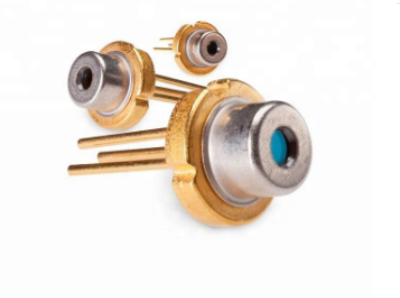 Si APD TO-CAN Module
Si APD TO-CAN Module -
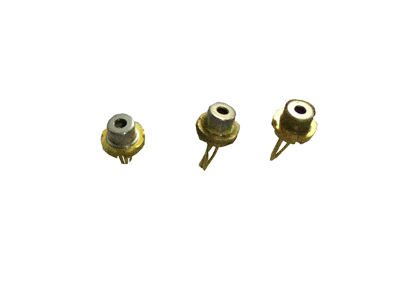 GaAs PIN PD TO-CAN
GaAs PIN PD TO-CAN -
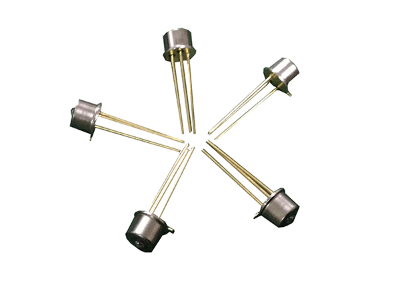 1000um InGaAs PD TO-CAN
1000um InGaAs PD TO-CAN -
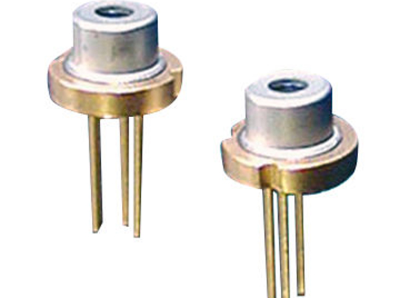 2.5G InGaAs PD TO-CAN
2.5G InGaAs PD TO-CAN -
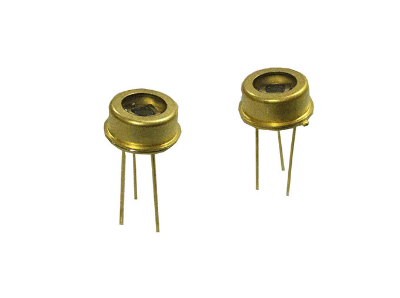 2000um InGaAs PIN Detector TO-CAN
2000um InGaAs PIN Detector TO-CAN -
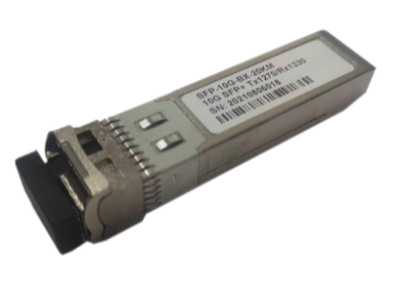 10G SFP BIDI Module(1270nm/1330nm 20Km)
10G SFP BIDI Module(1270nm/1330nm 20Km) -
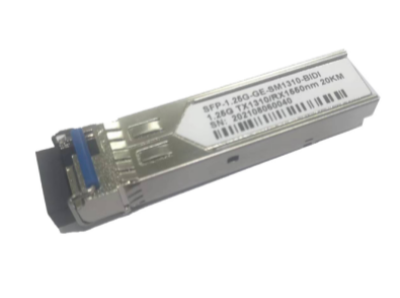 1000Base SFP BIDI Module(1310nm/1550nm 20Km)
1000Base SFP BIDI Module(1310nm/1550nm 20Km) -
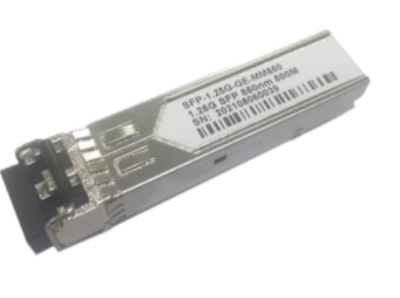 1000BASE SFP SR(850nm 550M)
1000BASE SFP SR(850nm 550M) -
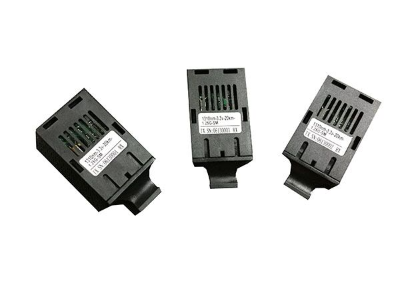 155Mbps 1x9 Bidi Module
155Mbps 1x9 Bidi Module
-
- Application
- About US
- News
- Support
sales@o-send.com,lvdx@o-send.com
重庆市经济开发区茶园梅花路1号3栋2座

